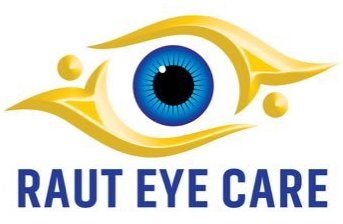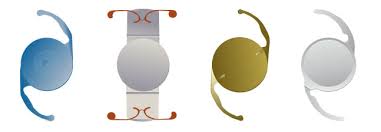Cataract surgery has come a long way since its inception, evolving from a traditional procedure that merely restored vision to a refined technique that enhances visual quality. A significant leap in this evolution has been the introduction of multifocal intraocular lenses (IOLs). These innovative lenses not only address cataract-related vision impairment but also offer patients improved vision at various distances, reducing or even eliminating the need for glasses or contact lenses. Among the frontrunners in this field are companies like Alcon, Zeiss, Tecnis, Acriva, Symphony, Autofocus Pro, and Ludidis EDOF.
The Evolution of Multifocal Intraocular Lenses: A Glimpse into Technological Progress
Traditional cataract surgery involves removing the clouded natural lens and replacing it with a monofocal IOL, which typically corrects vision at a single distance, usually distance vision. However, this approach often necessitates the continued use of glasses for near or intermediate tasks. Multifocal IOLs revolutionize this approach by incorporating multiple focal points within the lens, allowing patients to achieve clear vision across various distances.
Leading Companies in Multifocal IOL Innovation
Alcon: As one of the pioneers in ophthalmic innovation, Alcon offers the AcrySof IQ PanOptix multifocal IOL. This lens provides enhanced vision at near, intermediate, and distance ranges, reducing the need for glasses post-surgery. The PanOptix lens utilizes a proprietary design known as ENLIGHTEN, enabling a seamless transition between different focal points.
Zeiss: Zeiss has introduced the AT LISA family of multifocal IOLs. These lenses employ diffractive and refractive technologies to enable clear vision across a range of distances. The AT LISA trifocal IOL, for instance, offers a smooth transition between near, intermediate, and distance vision, minimizing visual disturbances.
Tecnis: The Tecnis Symfony IOL from Johnson & Johnson Vision provides extended depth of focus, allowing patients to experience clear vision across a wide range of distances. This lens employs diffractive echelette technology to extend the focal range without causing significant visual artifacts.
Acriva: Swiss company Acriva has developed the Acriva Reviol IOL, which offers a combination of diffractive and refractive technologies for multifocal vision correction. This lens aims to provide good image quality in various lighting conditions and minimize glare and halos.
Symphony: The AcrySof IQ Restor Symfony IOL from Alcon is designed to offer extended depth of focus and enhanced intermediate vision. Its unique diffractive pattern helps manage light distribution for optimal visual performance.
Autofocus Pro: This company offers the Autoflex IOL, which employs a liquid crystal technology to adjust focus based on the eye's accommodative effort. This lens aims to mimic the natural focusing ability of the eye, providing clear vision at different distances.
Ludidis EDOF: The Ludidis EDOF lens focuses on providing an extended depth of focus, enabling patients to have good vision for near, intermediate, and some distance tasks. This lens aims to reduce visual disturbances such as halos and glare that can sometimes accompany multifocal IOLs.
Choosing the Right Multifocal IOL: Considerations and Potential Benefits
When considering multifocal IOL options, several factors should be taken into account, including the patient's lifestyle, visual preferences, and any existing ocular conditions. Multifocal IOLs can offer significant benefits, such as reduced dependence on glasses, improved quality of life, and enhanced visual experiences in various settings.
Conclusion
The world of cataract surgery has evolved dramatically with the introduction of multifocal intraocular lenses. Companies like Alcon, Zeiss, Tecnis, Acriva, Symphony, Autofocus Pro, and Ludidis EDOF have contributed to this evolution by offering innovative lenses that address various visual needs. As technology continues to advance, patients undergoing cataract surgery have an array of options to choose from, each promising improved vision and a brighter outlook on life after surgery. Consulting with an experienced ophthalmologist is crucial to determine the most suitable multifocal IOL based on individual needs and preferences.



